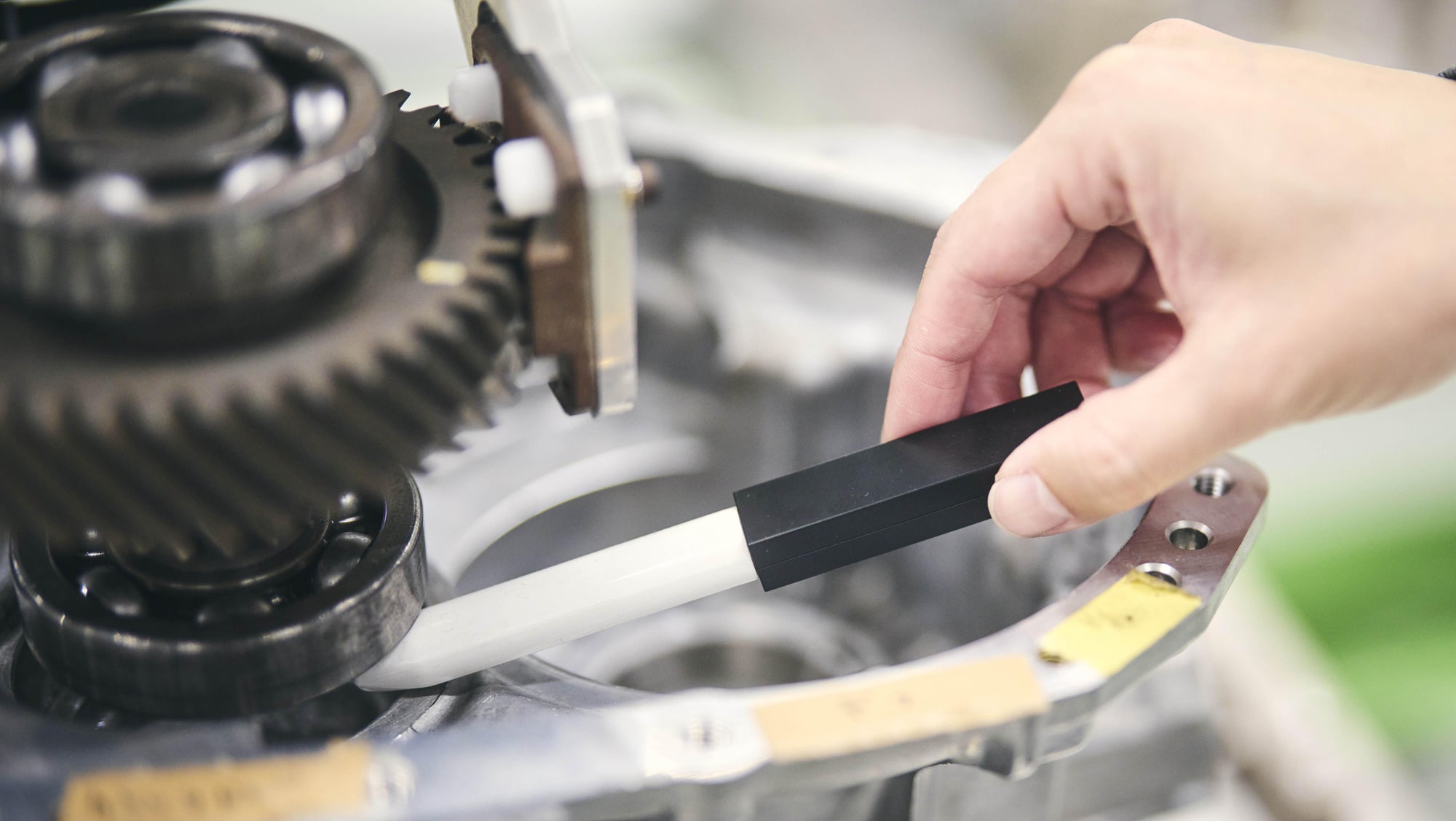Toyota revolutionizes manufacturing process with fake fingers
Toyota, the well-known Japanese auto giant, is renowned for its reliable cars, but the company also places great emphasis on the actual manufacturing process. The production of cars involves human workers who are at risk of factory accidents, particularly when working with heavy automated machinery. Despite the efficiency of the Toyota Production System, which is the cornerstone of Toyota’s manufacturing philosophy, human hands are essential for operating the machinery. However, hands and fingers are often subjected to pinching and injuries when working with robots. Therefore, Toyota has taken a hands-on approach to manufacturing fake fingers to assess and maximize the safety of its workers’ hands.
The fake fingers are produced in Aichi Prefecture, Japan, at Toyota’s headquarters in Toyota City. According to Toyota, they are crafted by a single employee, Takeo Mori, who manages the Manufacturing Engineering Department. Mori collaborated with Panasonic to develop the simulated fingers with the goal of enhancing worker safety as robots play a greater role in automobile assembly. The need for such innovation arose due to a declining working population in Japan, attributed to a lower birth rate.
As people and robots work in close proximity, the risk of workplace accidents, especially in the manufacturing industry, increases. Hand and finger injuries, caused by pinch hazards and similar incidents, are among the most common types of accidents. These injuries can range from minor bruises to lacerations. Mori highlighted that the hard and sharp nature of many auto parts necessitated the development of a tool to assess finger entrapment on small surface areas, leading to the creation of the fake fingers.
The development of the simulated fingers commenced in 2018, with Toyota partnering with Panasonic and a research department at Nagoya University’s medical school, who were already working on similar projects. While Panasonic was working on a product to analyze finger injuries using computer-based data deciphering, Toyota opted for a simpler analog system that could be used on-site without a computer. The goal was to create a tool that visually represents the susceptibility of fingers to injuries during machine operation.
The fake fingers closely resemble real fingers, made of pigskin to mimic the elasticity and texture of human skin. They also contain a stainless steel core that simulates a human bone. Toyota produces several types of fake fingers, each representing different properties corresponding to gender and age. This allows engineers to adjust the forces exerted by machines during the production process, particularly those with frequent points of contact between humans and robots.
The utilization of fake fingers has not only increased safety on the assembly line but has also influenced the design of new models. For instance, pigskin fingers were instrumental in creating safer tonneau covers with pinch points to prevent accidents where the luggage compartment meets the passenger space. Additionally, the fake fingers have been beneficial in studying accidents that drivers may experience, such as getting fingers caught in door frames, leading to improvements in vehicle safety features.
Overall, Toyota’s innovative approach to manufacturing fake fingers underscores its commitment to worker safety and product development. By leveraging technology and collaboration, the company continues to lead the way in enhancing workplace safety and ensuring the well-being of its employees. The use of fake fingers serves as a testament to Toyota’s dedication to excellence in all aspects of its operations.
As Toyota continues to explore new avenues for innovation and improvement, the fake fingers stand as a symbol of the company’s progressive mindset and commitment to pushing boundaries in the automotive industry. Through initiatives like this, Toyota remains at the forefront of technological advancement and sets a standard for other manufacturers to follow.
